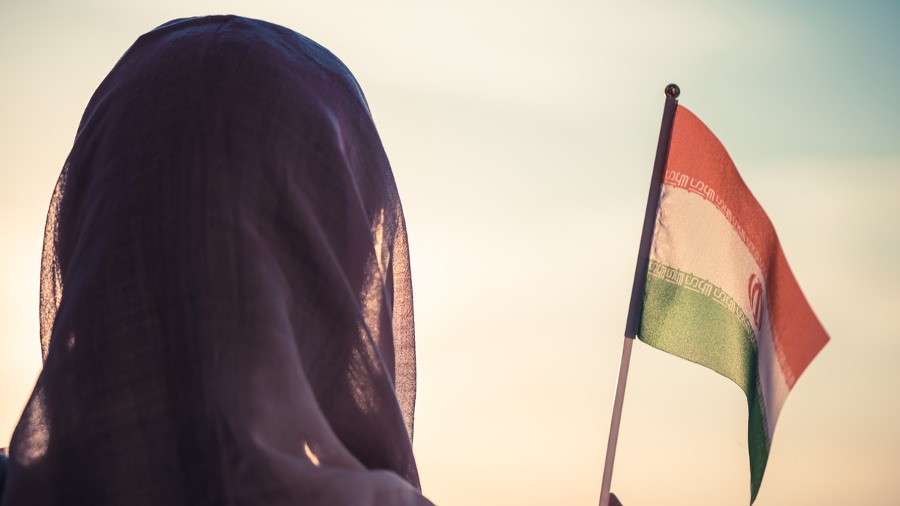Iran: ‘What’s Past Is Prologue’

Iran and the continued anti-regime protests were in the headlines for several months in 2022.
The ayatollahs and their spin masters have tried to depict the image that they are in full control, but every astute observer realizes that things have changed permanently in Iran, and the question of the future of Iran and the fate of the clerical regime is much more a pressing issue than the past.
As Shakespeare famously said in The Tempest, “What’s past is prologue,” implying that past events serve as an introduction or prelude to future developments.
Atrocities of the Pahlavi Dynasty
By 1977, two years before the Iranian Revolution, it is estimated that the Shah had accumulated upwards of one billion dollars just in an opaque, private foundation as part of his huge fortune. His personal wealth was largely the product of a campaign of theft begun by his father following the coup that established the Pahlavi dynasty. The two successive rulers also demonstrated a similar penchant for violent repression, with 24,000 political activists, intellectuals, and ethnic minorities being killed in Qasr Prison alone in the time between when Reza Shah seized power in 1925 and when he abdicated in favor of his son Mohammad Reza in 1941.
Please Support The Stream: Equipping Christians to Think Clearly About the Political, Economic, and Moral Issues of Our Day.
Under Mohammad Reza Pahlavi’s rule, torture became a “national pastime,” according to The Village Voice. In 1975, it was reported that his regime was holding thousands of political prisoners, and one year later Amnesty International released a report detailing the experiences of people who had spent time in Iranian prisons and witnessed fellow prisoners being beaten, hung upside down, subjected to electric shocks and sexual assault, and having their finger nails and teeth pulled out and the insides of their mouths burned with iron rods.
When the Pahlavi dynasty was overthrown in 1979, it was the culmination of a half century’s public outrage over these sorts of atrocities, as well as the desperate poverty in which the majority of citizens were forced to live while the Shah’s family supported a lavish lifestyle with stolen public funds. When Mohammad Reza Pahlavi finally fled the country, he took much of that wealth with him and passed it on to his son, the elder Shah’s namesake. Reza Pahlavi in turn promised to pursue the reestablishment of the Iranian monarchy, swearing an oath to that effect when Mohammad Reza died two years after the revolution.
Reza Pahlavi’s World Tour
More than 40 years have passed since then and relying on that fortune and his father’s notoriety his son Reza Pahlavi has tried to jump on the bandwagon of the recent anti-regime protests. As such he has been on world tour, in a futile attempt to gain a measure of relevancy. The trip to Israel was the latest in his roadshow, which was immediately seized upon by the regime to lend credence to its claim that foreign powers are behind the uprising and to boost the morale of its dispirited suppressive forces.
Moving Forward Instead of Back
In calling out for a change of government, countless Iranians have repeated the phrase “death to the dictator” for months on end. This is well understood, but what has been less reported is the fact that many of these outraged chants have gone on to clarify that they aim to reject tyranny in all its forms, “whether the Shah or the Supreme Leader.” Quite unlike the picture that Reza Pahlavi is trying to depict, the emerging revolution does not aim to undo the prior change but to expand upon it — to move forward instead of back.
This understanding of the current movement is reinforced by the knowledge that protests have been led, to a large degree, by “Resistance Units” affiliated with the People’s Mojahedin Organization of Iran, (PMOI/MEK) a longstanding pro-democracy group that fought against the Shah’s regime before opposing Ayatollah Khomeini’s effort to pervert the 1979 revolution into something that would ultimately result in the country exchanging one dictatorship for another.
It goes without saying that this bitter transition is not something that the Iranian people are willing to repeat. The MEK has sought to guarantee that that doesn’t happen, with the Resistance leader Maryam Rajavi having outlined a 10-point plan for the country’s future which includes free and fair elections, separation of religion from the state, and establishment of legal protections for the rights of women and minorities.
After seven months of popular unrest, Iran is tantalizingly close to putting that plan into action. But that prospect should not be needlessly made more difficult by the fact that the Western world would give a platform to those who would return and throw the Iranian nation 50 years into the past and most likely resume the corruption and brutal repression that the people have now made coordinated efforts to escape on two historic occasions.
Ken Blackwell is the former U.S. ambassador to the United Nations Human Rights Commission.







